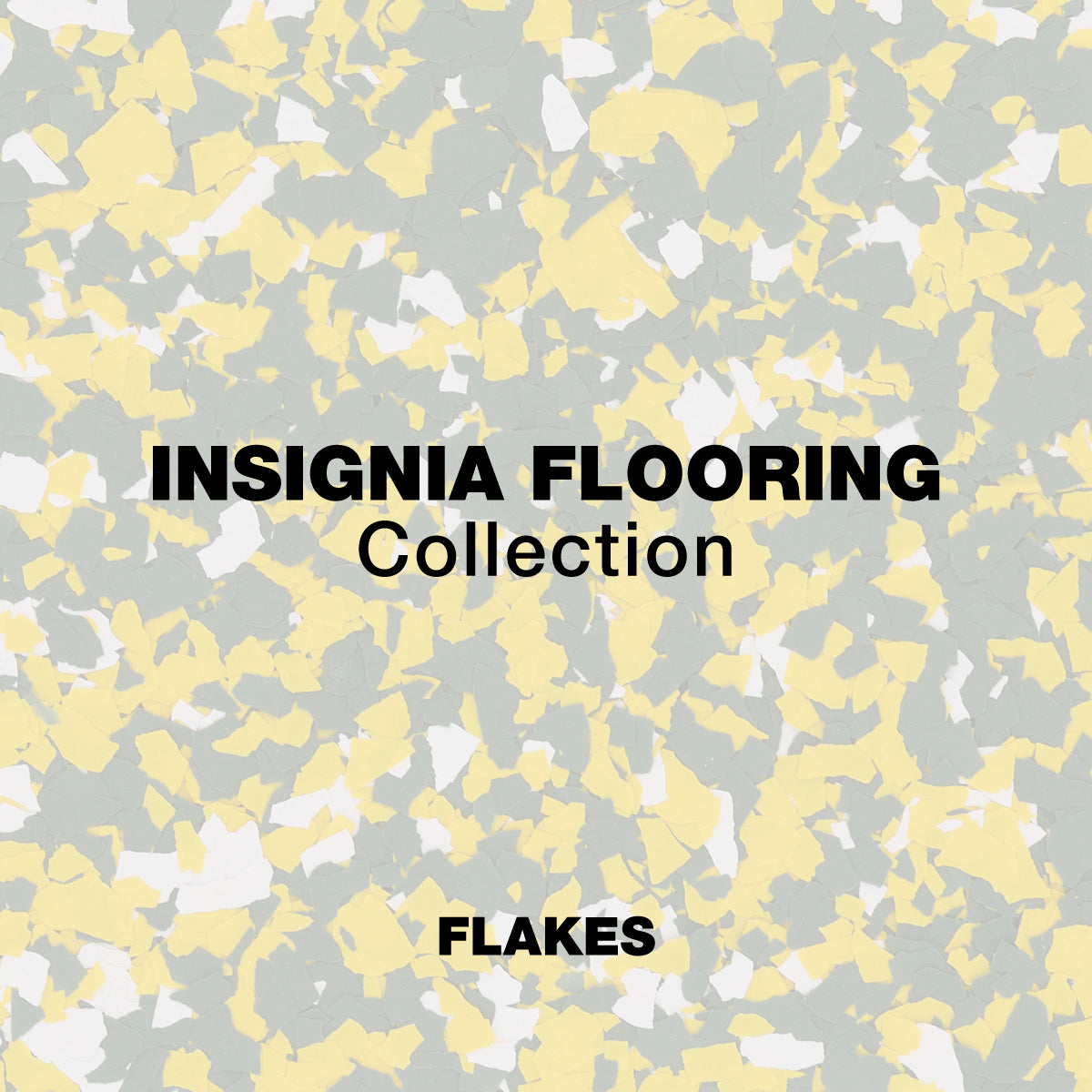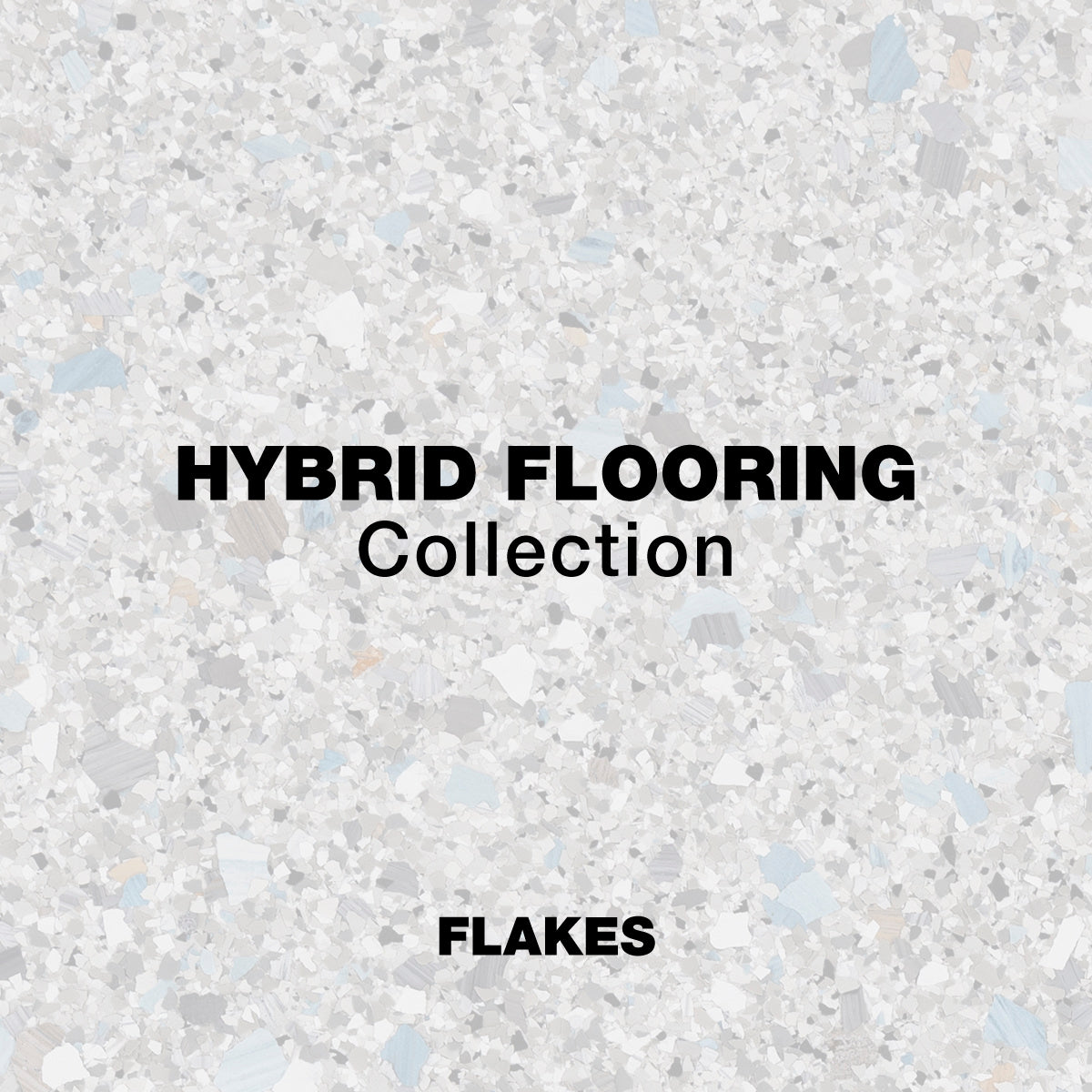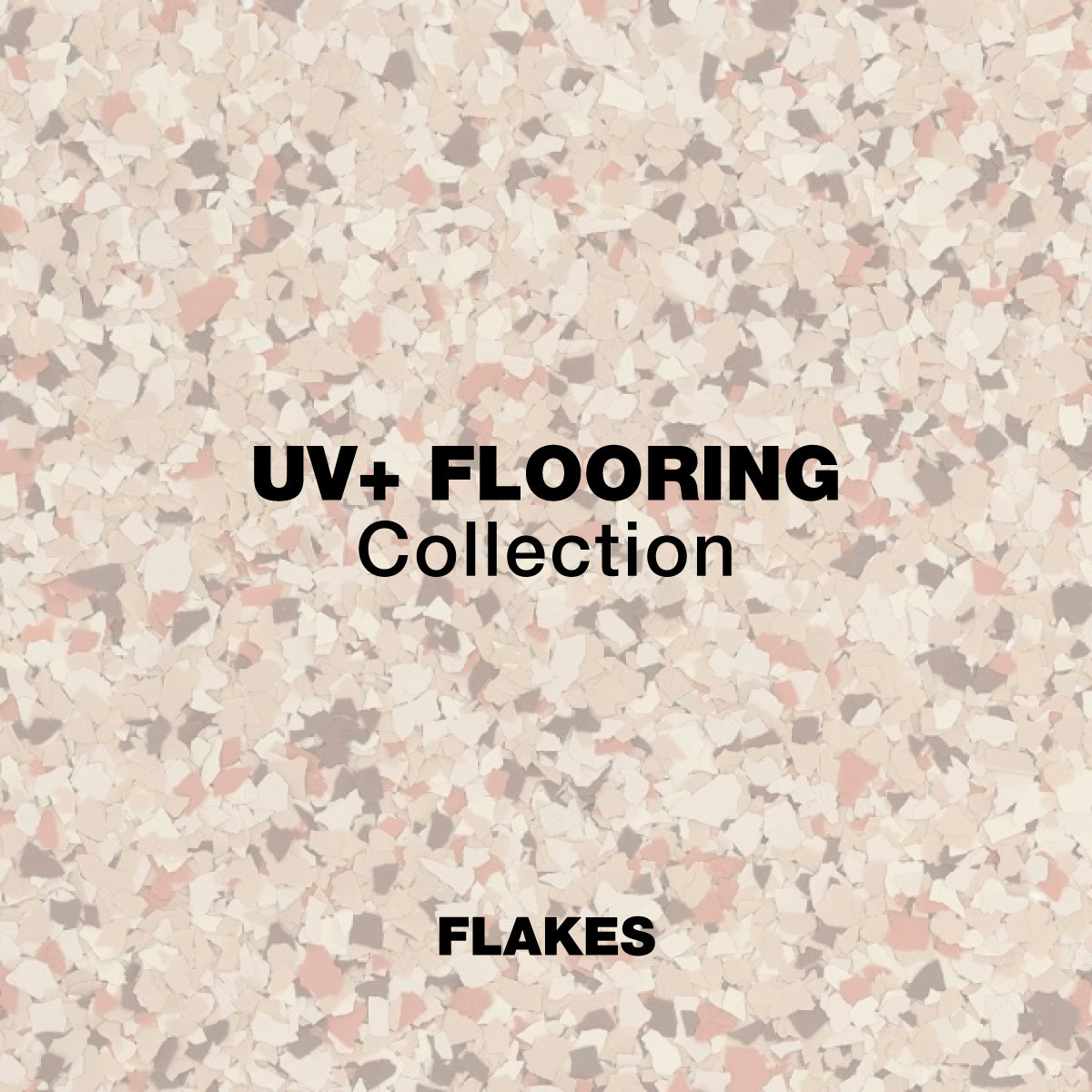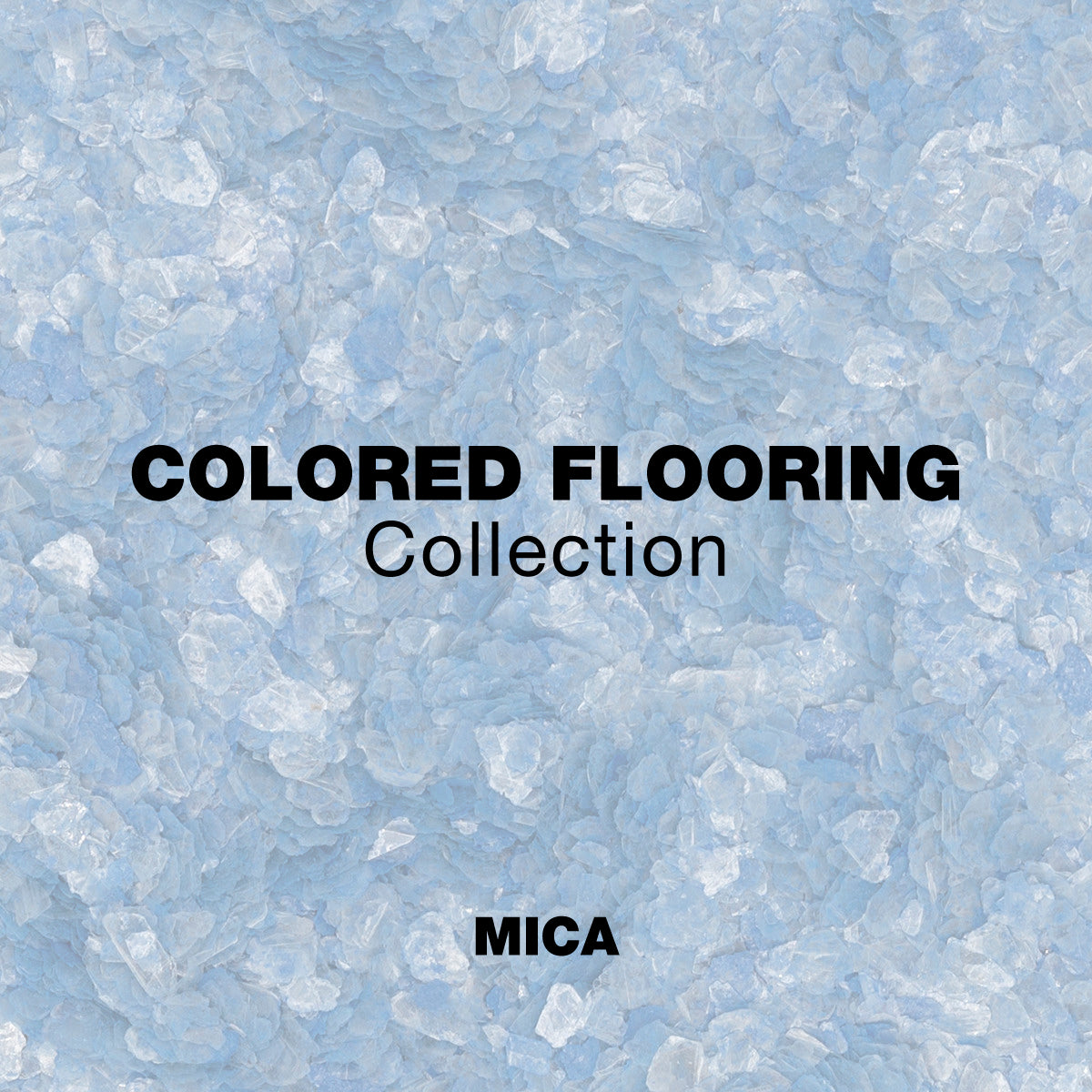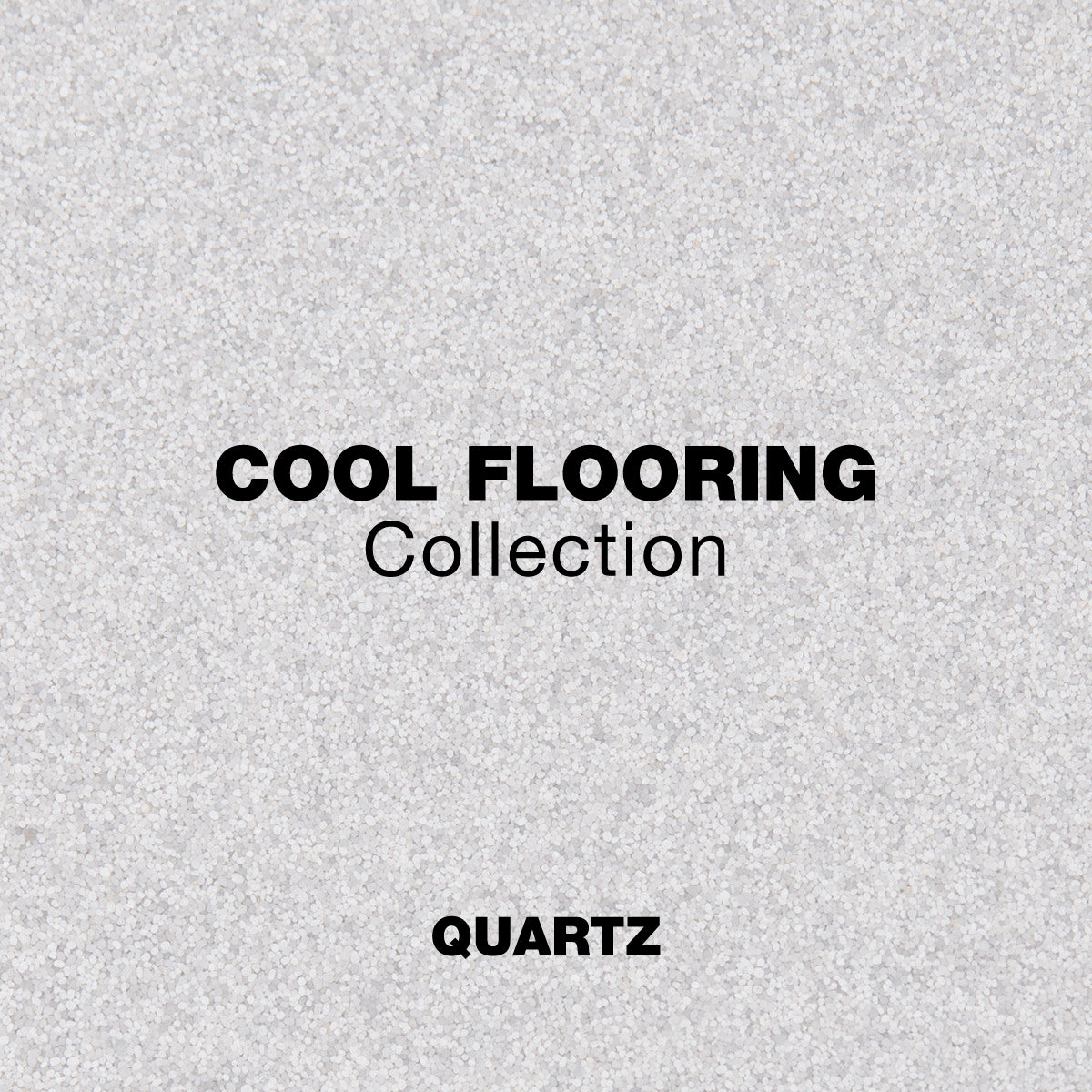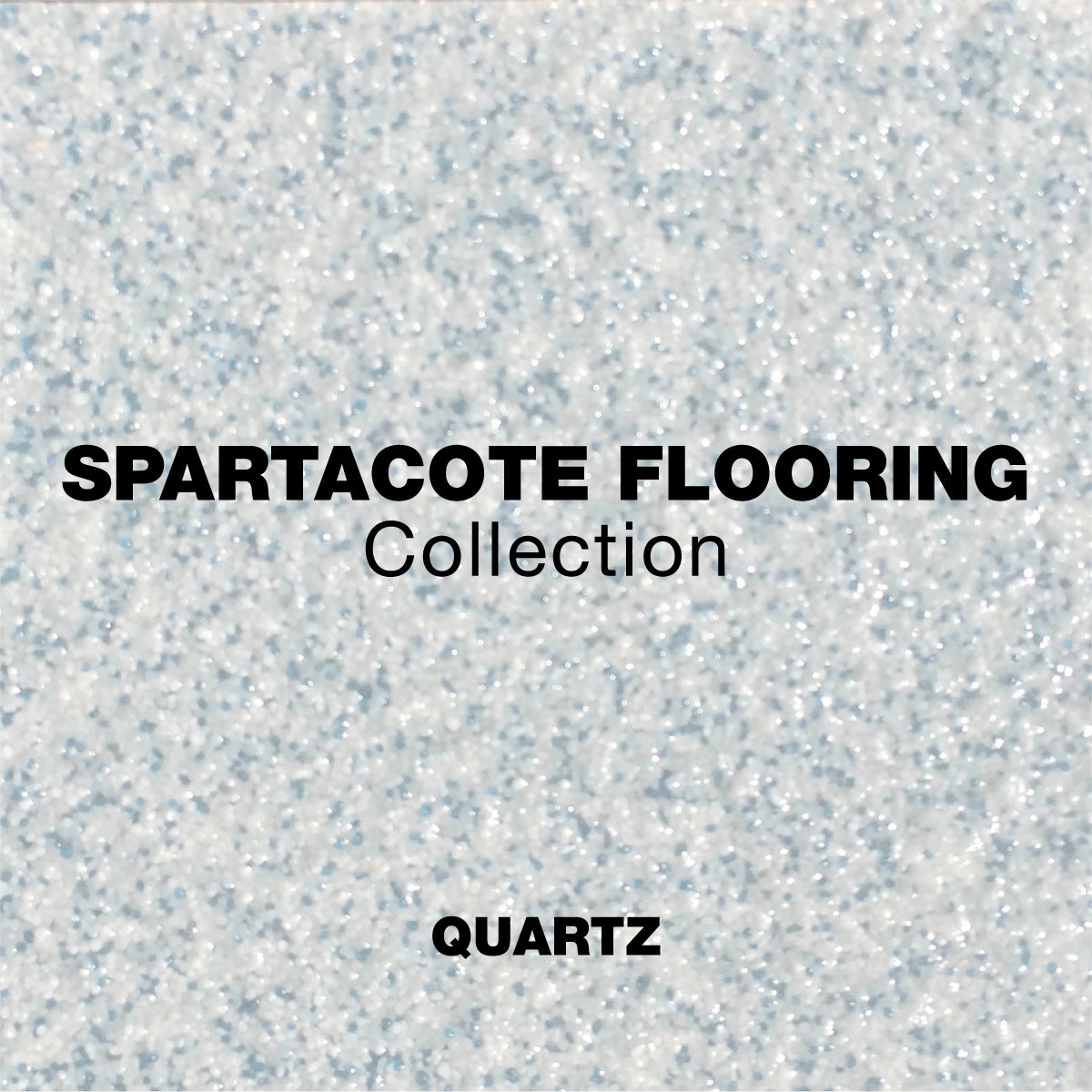FAQ
The amount you need depends on how heavy you want the coverage. A full broadcast typically requires 12 to 20 pounds of flakes per 100 square feet. A medium broadcast usually needs 5 to 8 pounds per 100 square feet. A light broadcast can use as little as 1 to 2 pounds per 100 square feet. Quartz is slightly heavier, so expect to use more material to achieve full coverage.
The most common size is 1/4 inch because it provides balanced texture and a clean look. Contractors often choose 1/8 inch when they want a finer, more uniform appearance. The best size depends on the look you want and how much texture you prefer on the surface.
Yes. Decorative flakes and quartz can be used with almost any epoxy or polyaspartic coating system. They bond to the base coat while it is still wet and become part of the floor once the topcoat is applied. Always make sure the coating has enough working time to broadcast the material evenly before it begins to set.
Yes. Both flakes and quartz increase traction and improve slip resistance. Quartz offers a more aggressive texture and is often used in commercial or industrial environments. Flakes provide a smoother but still safe surface that works well for garages, gyms, and general-purpose areas.
Decorative flakes are vinyl chips that add color and style to the floor. They help hide imperfections and give the surface a clean and modern appearance. Quartz is a much harder and more textured material made from natural sand that has been color-coated. Quartz systems are used when maximum durability and traction are required. Both options enhance the floor, but quartz delivers a more industrial level of performance.
A full broadcast completely covers the base coat. This provides the best hide, durability, and overall appearance. Partial broadcasts use less material and leave some of the base color visible. Full broadcast is recommended for garages, commercial spaces, gyms, and high-traffic areas. Partial broadcast works for decorative or budget-focused projects.
Yes. Many DIY users successfully install epoxy flake floors as long as they follow proper surface preparation and application steps. Flakes are easy to broadcast and help hide small imperfections in the concrete. Quartz is also DIY friendly but requires more material and a thicker coating system to hold it properly. Beginners often start with flakes because they are more forgiving.
Flakes are UV stable and maintain their color well. Quartz is also UV stable because it is made from mineral sand that is color-coated for stability. The topcoat you choose is what determines overall UV protection. Polyaspartic topcoats offer the best UV resistance for both flakes and quartz.
A properly installed flake or quartz floor can last 10 to 20 years or longer. Longevity depends on surface preparation, the quality of the coating system, and how much traffic the floor receives. A polyaspartic topcoat will usually extend the lifespan of the system and improve long-term durability.
Flakes work well in garages, basements, gyms, retail stores, offices, showrooms, and residential areas. Quartz is ideal for commercial kitchens, warehouses, manufacturing spaces, auto shops, food and beverage facilities, restrooms, and any environment that needs maximum traction and durability. Both options improve the appearance, performance, and safety of concrete floors.
